+251 99 380 2995 | +251 97 022 2227 | [email protected]
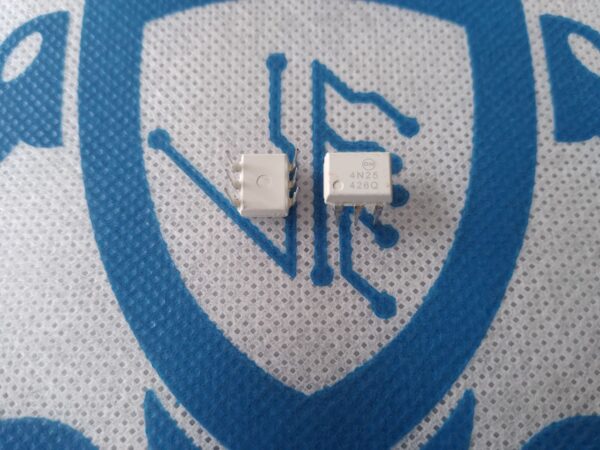
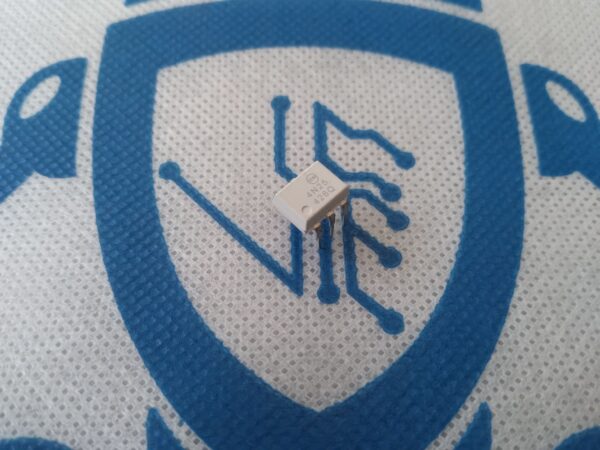
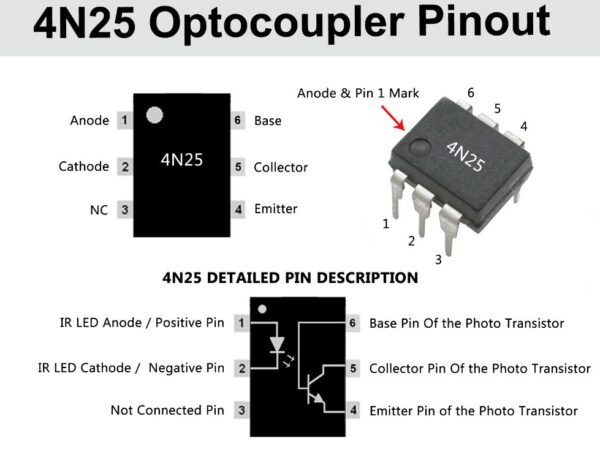
Optocoupler 4N25
Br 50.00
- Transistor Type: NPN Photo Transistor
- Photo Transistor Max Collector Current(IC): 150mA
- Photo Transistor Max Collector-Emitter Voltage (VCEO): 30V
- Photo Transistor Collector-Emitter Saturation Voltage : 0.15 to 0.5
- Photo Transistor Max Emitter-Collector Voltage (VECO): 7V
- Photo Transistor Max Collector Dissipation (Pc): 150mW
- LED Max Reverse Voltage (VR): 3V
- LED Max Forward Current: 60mA
- LED Max Power Dissipation: 120mW
- Max Operating & Storage Temperature Should Be: -55 to +100 Centigrade for Operating & -55 to +150 for Storage.
- 4N25 is also a widely used optocoupler / optoisolator / photocoupler, It is a general purpose optocoupler like PC817, MOC3021 etc. It is manufactured in 6 pin dip package and SMD package. The device consists of one IR LED and one phototransistor / Detector which detects the light comes from the IR LED. 4N25 also having the base pin of the detector transistor connected with the pin6 of the body hence the user can control transistor by two inputs one from the IR LED light which is connected to pin1 and pin2 and other from controlling the transistor with its base.
- The phototransistor can handle max 30V and max150mA across it collector-emitter. Moreover the collector-emitter saturation voltage is from 0.15 to 0.5 which is ideal to use in applications where voltage saturation is required. The max forward current of the IR LED is 60 milliampere and the max power dissipation of the IR LED is 120 milliwatt. The pin3 is a NC pin that is also shown in the 4N25 pinout or pin diagram above “NC” means it is not connected with the internal circuitry of the device.
- 4N25 OPTOCOUPLER IC has many replacements like 4N26, 4N27, 4N28, 4N33, MCT2E, PC817. We need to check parameters and Pin configuration carefully before replacing. Replacing without taking voltage, current, and frequency parameters may lead to permanent damage.
For understanding the use of OPTOCOUPLER�consider:
- Case1: where you want to isolate LOAD CIRCUIT from CONTROL CIRCUIT. Say you want to control the speed of a small DC motor by using MICROCONTROLLER PWM output. This setup is not feasible as microcontroller is sensitive device. So for isolating load circuit and protecting the controller from voltage fluctuations we use OPTOCOUPLER.
- Case2: Say you want to trigger a MOSFET circuit which is driving a high power load. The MOSFET trigger voltage typically is 12V. These voltages bursts (+12V) needed for MOSFET driver to control the high power load cannot be draw from controller. As controller puts out +3.3V or +5V bursts. In those cases using 4N25 OPTOCOUPLER chip is ideal.
- Case3: Consider we want to switch a 12V relay which is looping 220V AC fan according to RASPBERRY PI outputs. It is ideal to use 4N25 in this case, as 4N25 draws negligible amount of power considering a transistor or a MOSFET.
Applications
- Isolation between two circuits
- Output of Microcontrollers
- Power supplies and chargers
- Digital circuits
- Telecommunication Circuits
- AC Detector
- AC Isolation
You may also like…
-
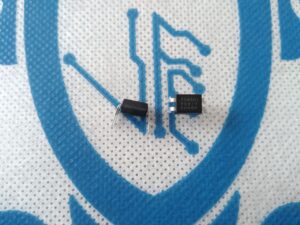
PC817 Optocoupler
Br 50.00

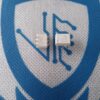


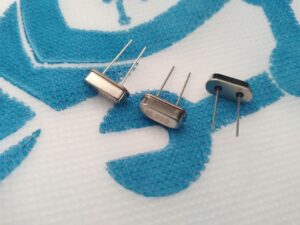
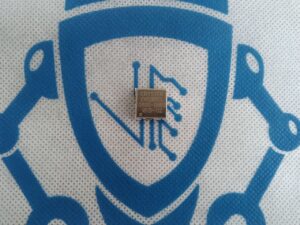
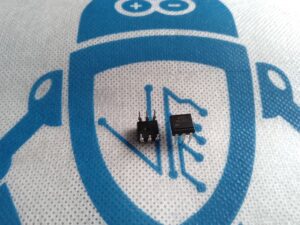
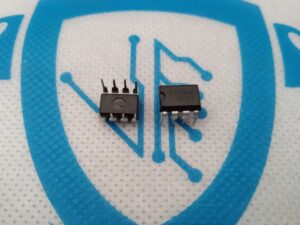
Reviews
There are no reviews yet.